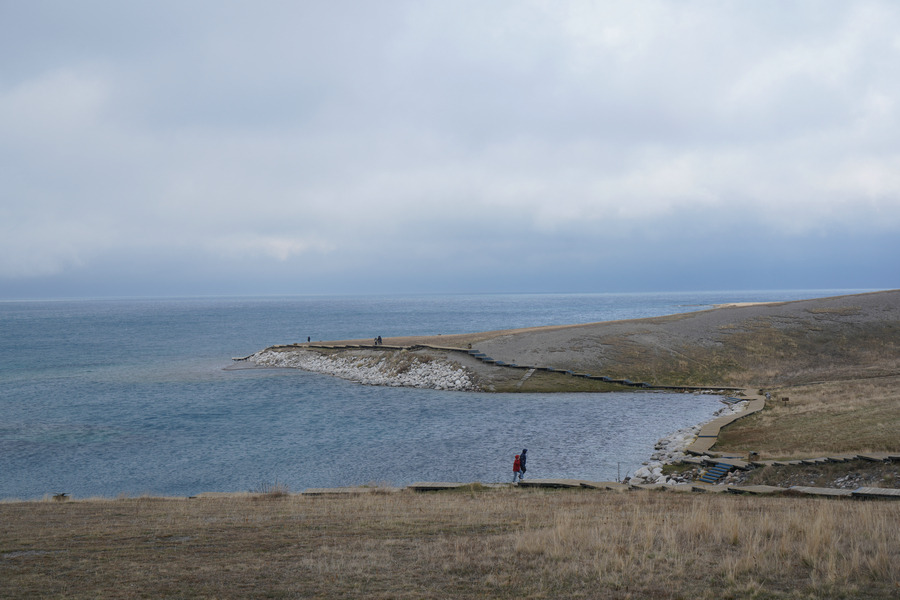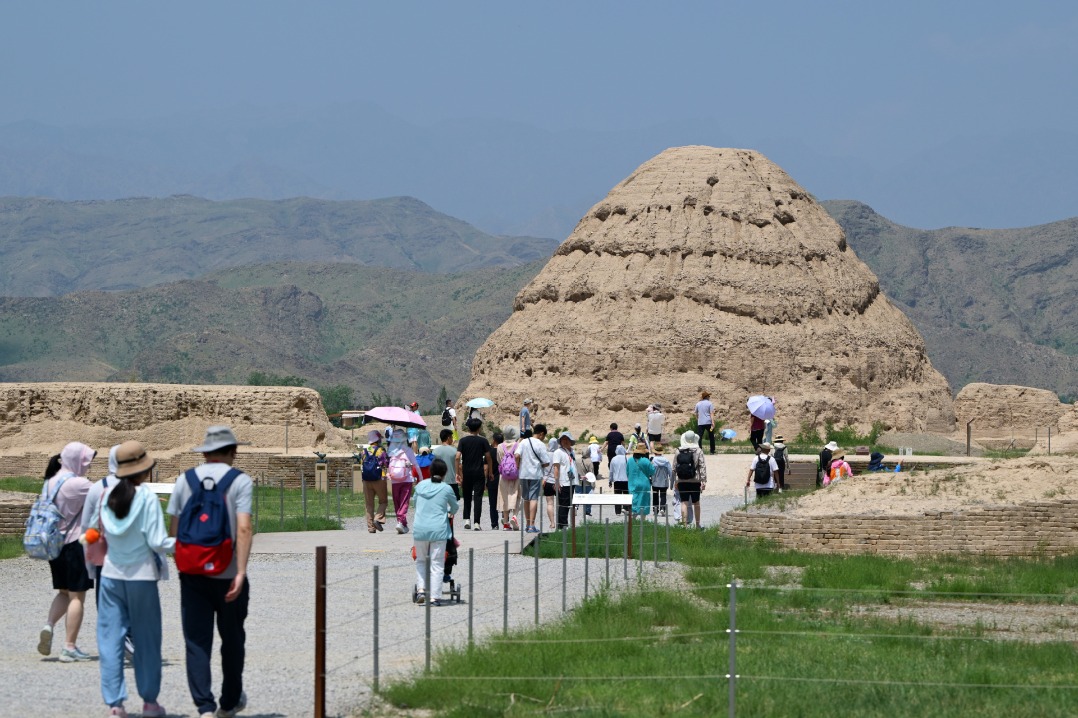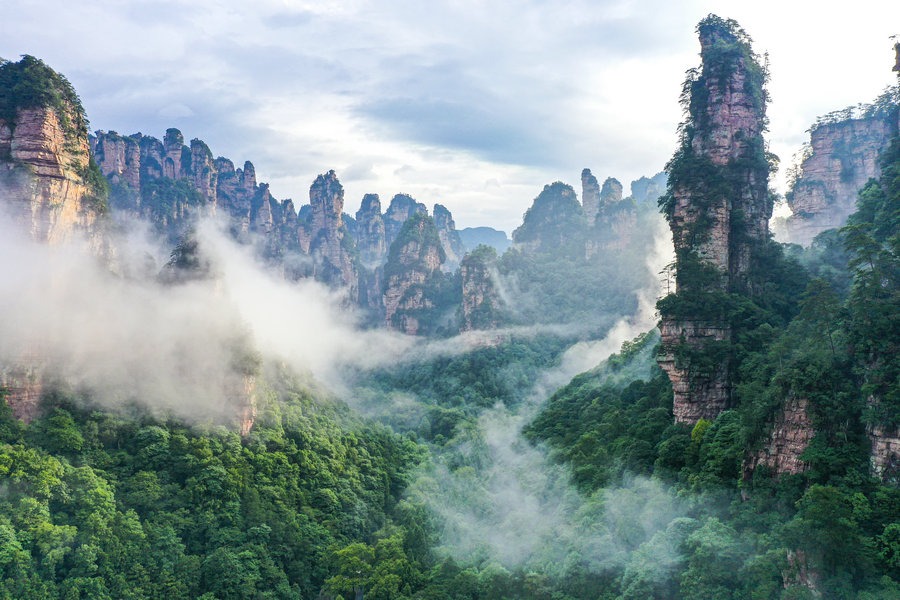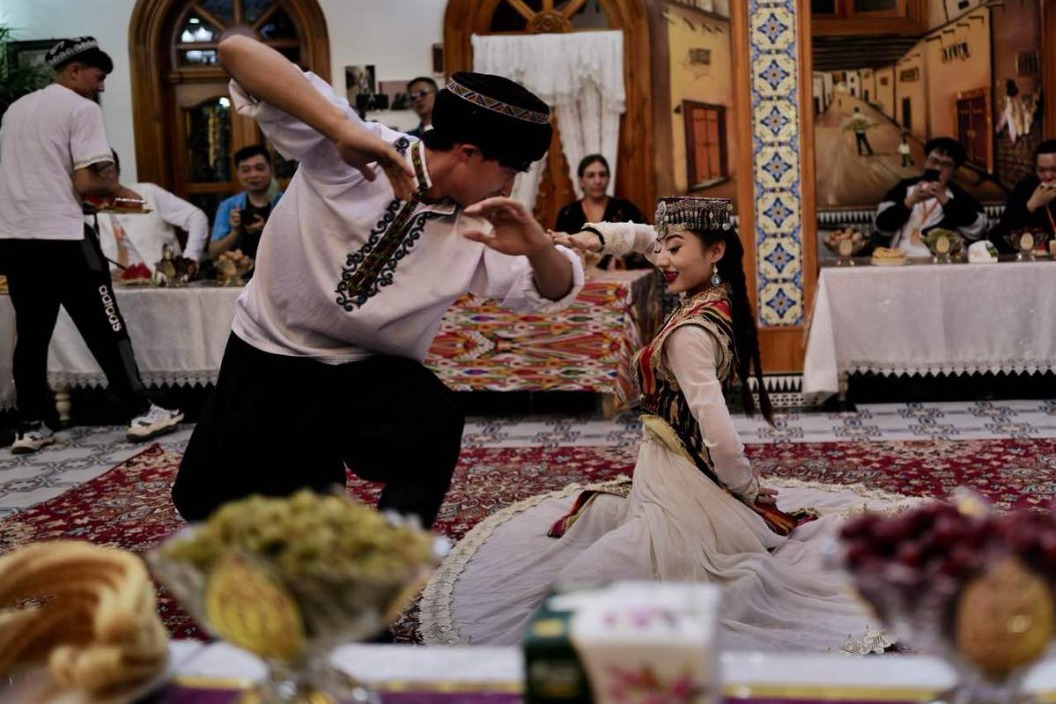Pastures of possibility

Urban families seeking meaningful escapes are helping transform once-quiet villages into thriving hubs of activity, Yang Feiyue reports.
Gu Dongxing once lay awake at night, worrying about a 100,000-yuan ($13,940) bank loan.
Today, the 50-something farmer from East China's Zhejiang province casually discusses his 30-million-yuan investment in a state-of-the-art dairy facility set to launch this September.
"Doesn't even keep me up anymore," he jokes. That once-unthinkable sum is now just another number in his ambitious vision.
At his Dongxing dairy farm in Honglian village in Wangdian town, Xiuzhou district of Jiaxing city, just an hour's drive from Shanghai, the contrast couldn't be sharper.
Just a few years ago, Gu was struggling in a faltering industry. The warning signs were clear. At a 2024 dairy industry forum, Li Shengli of the Dairy Association of China revealed plunging profit margins, noting that 2024's milk oversupply crisis dwarfed that of the previous year.
Yet, Gu's calm confidence about his major investment points to a carefully calculated bet. The epiphany came during the pandemic, when city dwellers craving rural escapes transformed his pastures into an unlikely tourist hot spot.
"We sold 10-yuan hay-feeding experiences that cost us 1 yuan," Gu recalls, eyes crinkling at the memory of children's delighted squeals during milking sessions and families picnicking among grazing cows. What began as survival became a salvation — and the blueprint for his 30-million-yuan transformation.
Opening the barn doors to curious visitors quickly turned into a revelation. As guests returned, often bringing friends and relatives along, Gu realized they weren't just coming for the milk.
"They were clearly coming for the experience," he says.
Local authorities had already been stepping up rural development efforts. With modern infrastructure, cleaner environments, green belts, and picturesque farmlands, the village emerged as a popular weekend retreat for urbanites.
He Linfeng, Party secretary of Honglian village, sees Gu's success as part of a broader rural vitalization.

































